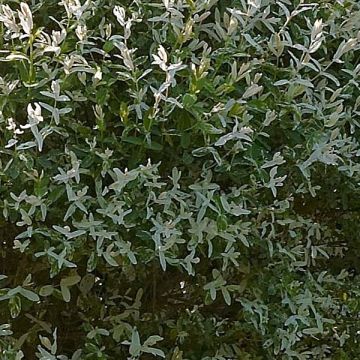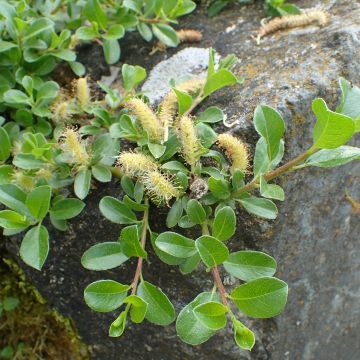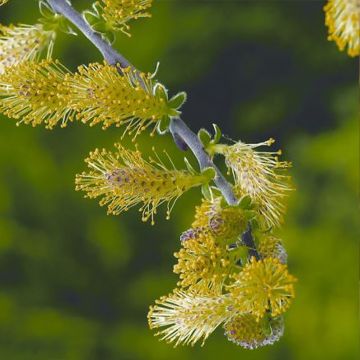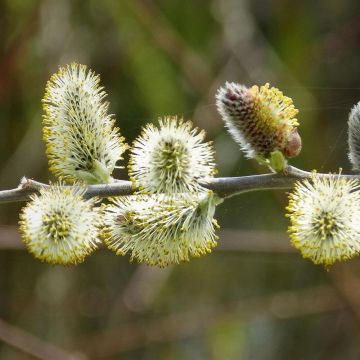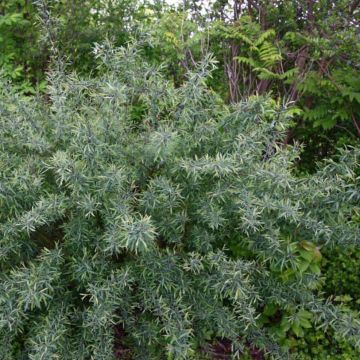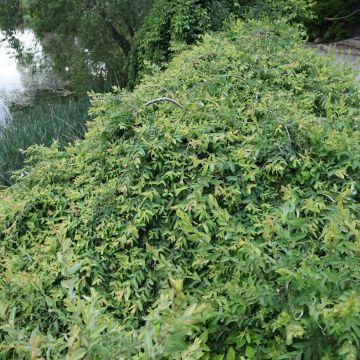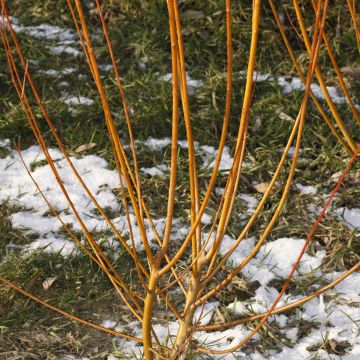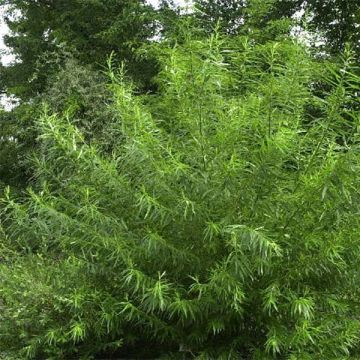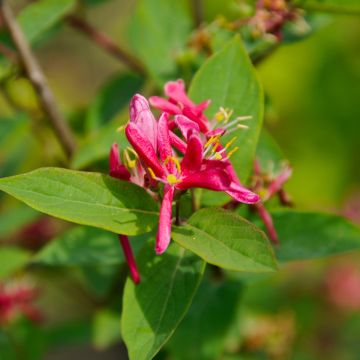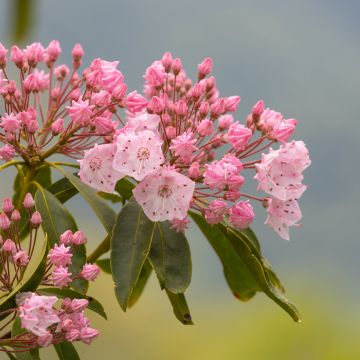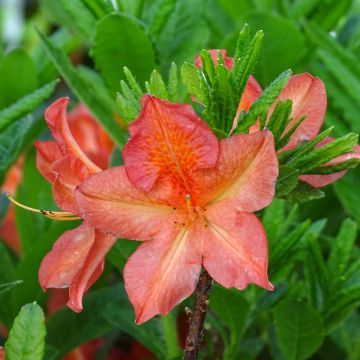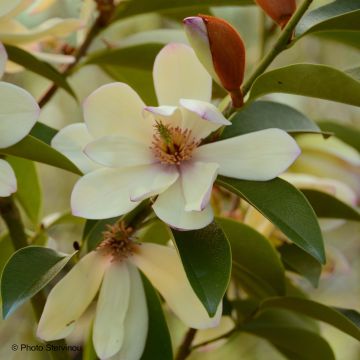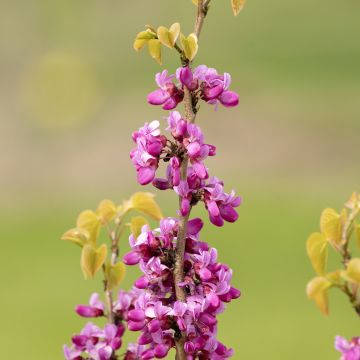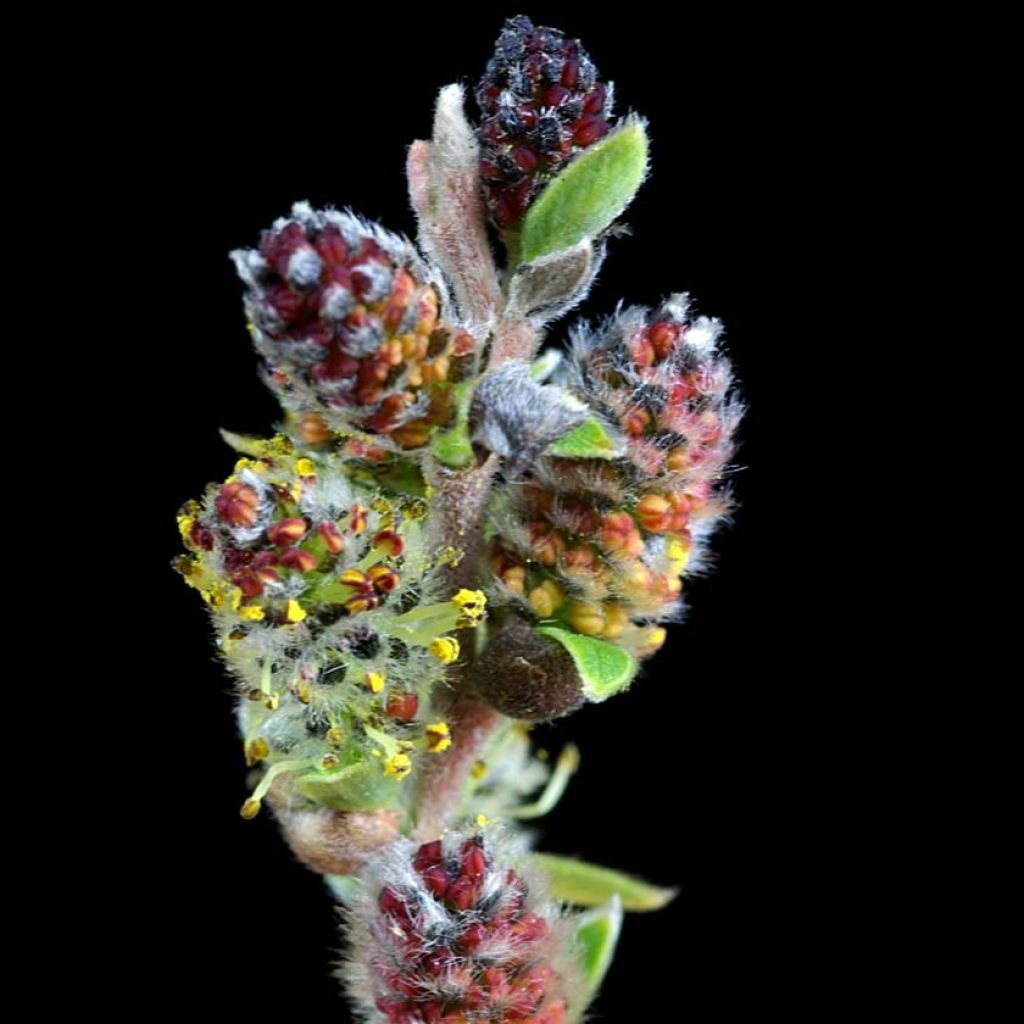

Salix subopposita - Willow
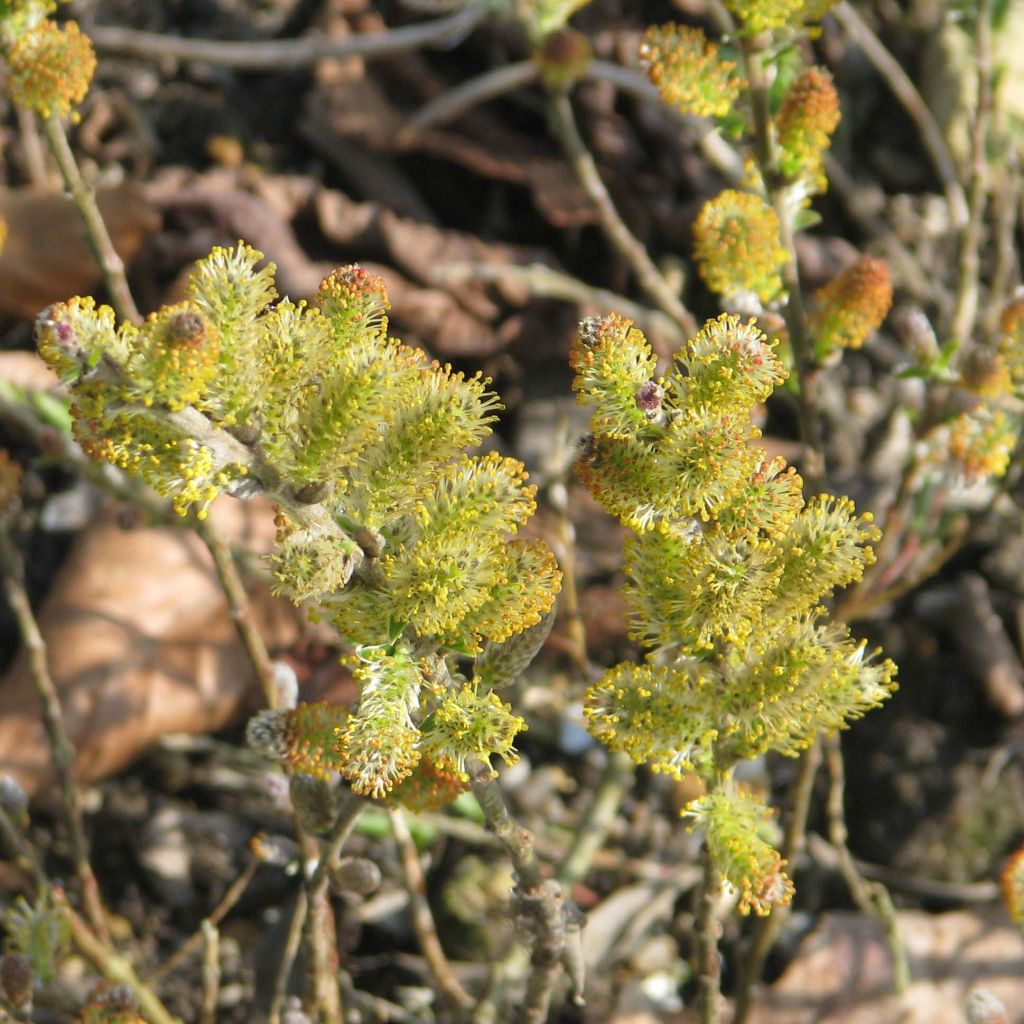

Salix subopposita - Willow
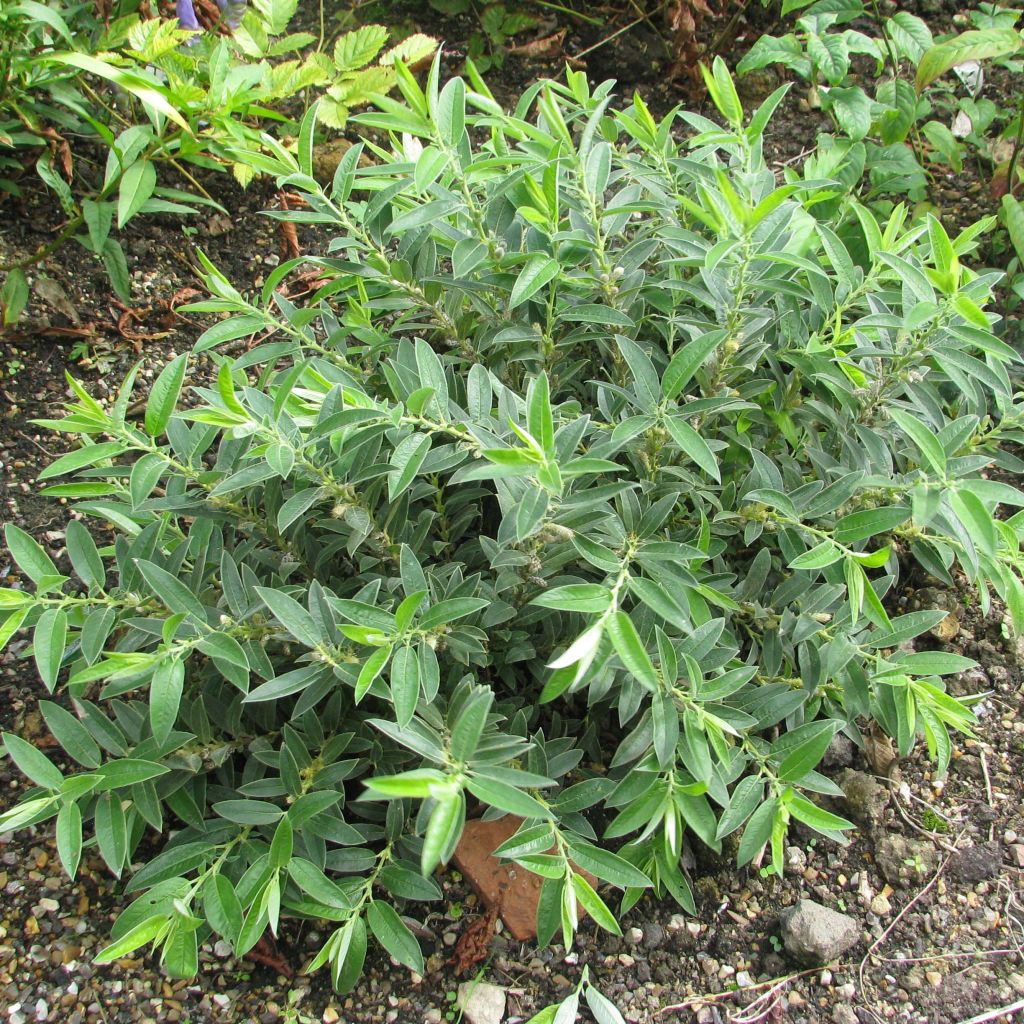

Salix subopposita - Willow
Salix subopposita - Willow
Salix subopposita
Dwarf Willow
Satisfied
Severine H., 17/03/2018
Special offer!
Receive a €20 voucher for any order over €90 (excluding delivery costs, credit notes, and plastic-free options)!
1- Add your favorite plants to your cart.
2- Once you have reached €90, confirm your order (you can even choose the delivery date!).
3- As soon as your order is shipped, you will receive an email containing your voucher code, valid for 3 months (90 days).
Your voucher is unique and can only be used once, for any order with a minimum value of €20, excluding delivery costs.
Can be combined with other current offers, non-divisible and non-refundable.
Home or relay delivery (depending on size and destination)
Schedule delivery date,
and select date in basket
This plant carries a 24 months recovery warranty
More information
We guarantee the quality of our plants for a full growing cycle, and will replace at our expense any plant that fails to recover under normal climatic and planting conditions.
Would this plant suit my garden?
Set up your Plantfit profile →
Description
Salix subopposita, also known as the Japanese dwarf willow, is a compact deciduous shrub that is not commonly available for sale. This shrub, resembling a bonsai, is appreciated for its attractive compact habit and remarkable spring flowering: in March-April, its silver and then golden catkins literally cover its upright branches, before the appearance of the soft bluish-grey foliage. Well-suited for small gardens, it thrives in sunny locations near water sources, in borders or rock gardens, always in clayey, moist to wet soil. Its branches covered with silky catkins are stunning in bouquets.
Salix subopposita, sometimes called Salix sibirica var. subopposita, belongs to the salicaceae family. It is a slow-growing and very compact deciduous botanical species, native to southern Japan, Quelpaert Island, and South Korea. This low-growing and spreading shrub consists of numerous yellowish and branched stems near the ground. At maturity, this small willow will not exceed 1m (3ft) in height with a spread of 1.20m (4ft). The deciduous foliage is composed of slightly hairy three-lobed, small, lanceolate leaves, bright green when budding, and greyish-green in summer. The particularly ornamental flowering takes place in March-April, before the leaves appear. The upright 3cm (1in) long silver and silky catkins, tightly cover the branches which take on a beautiful golden hue when mature.
.
This adorable Japanese willow offers a variety of uses according to the preferences of the gardener. It easily fits into a small garden or in a large pot on the terrace, where one can enjoy its remarkable flowering and beautiful foliage up close. It forms a lovely ground cover along borders, near water sources, or in rock gardens and drier slopes as long as the soil is deep and retains moisture. It can also be used for creating low and rustic hedges that require little maintenance, alone or in combination with dwarf purple barberry, dwarf forsythias, Russian dwarf almond (Prunus tenella), or dwarf ornamental apple tree (Malus Pom Zai) to animate a slightly wild area of the garden. Regular pruning after flowering will encourage it to become bushier and produce numerous flowering branches. It can be associated with dogwoods (Cornus sanguinea, Cornus sericea), miscanthus, gorse, or reed mace along the edge of a large pond.
There is such a diversity of forms, sizes, and cultivation requirements among willows that it is impossible not to find a subject among them that will thrive in your garden. A willow always brings a bucolic and natural touch, sometimes romantic, or elegant depending on the varieties.
Report an error about the product description
Salix subopposita - Willow in pictures
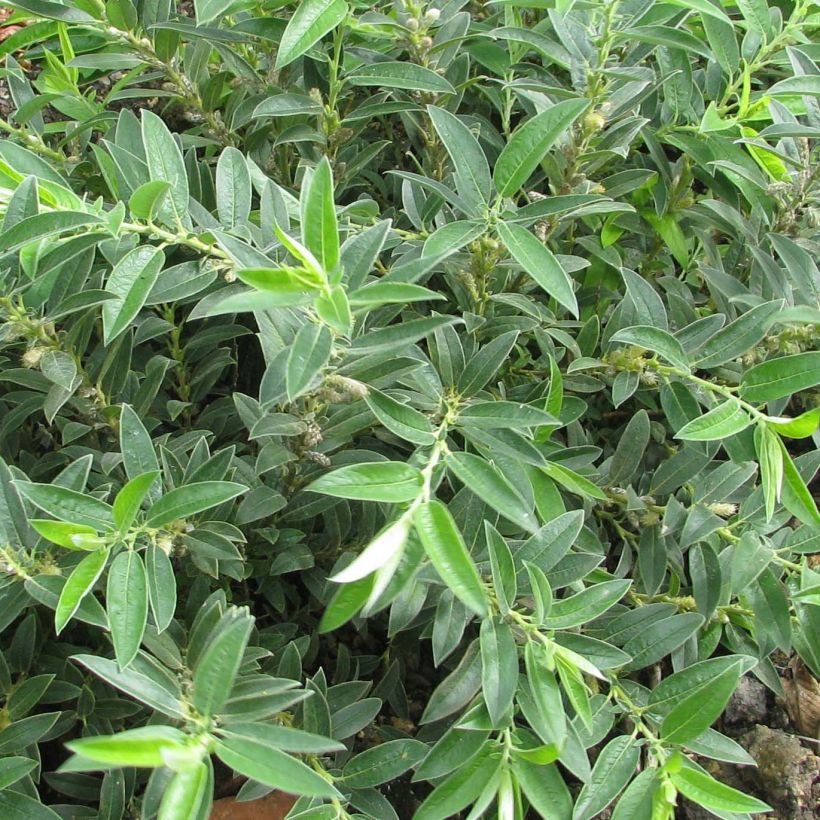



Plant habit
Flowering
Foliage
Botanical data
Salix
subopposita
Salicaceae
Dwarf Willow
Southeast Asia
Other Willow - Salix
View all →Planting and care
Plant Japanese Dwarf Willow in autumn, in a very sunny location. It requires a fairly deep soil, preferably clay-rich, moist to wet, or even waterlogged. However, it can also tolerate drier soils as long as there is some moisture at depth. Ideally plant in a mixture composed of half clayey garden soil mixed with leaf compost. It is resistant to cold and heavy frosts. Pruning is not essential, but this bush can tolerate it well at the end of winter, before the vegetation resumes.
Planting period
Intended location
Care
-
, onOrder confirmed
Reply from on Promesse de fleurs
Similar products
Haven't found what you were looking for?
Hardiness is the lowest winter temperature a plant can endure without suffering serious damage or even dying. However, hardiness is affected by location (a sheltered area, such as a patio), protection (winter cover) and soil type (hardiness is improved by well-drained soil).

Photo Sharing Terms & Conditions
In order to encourage gardeners to interact and share their experiences, Promesse de fleurs offers various media enabling content to be uploaded onto its Site - in particular via the ‘Photo sharing’ module.
The User agrees to refrain from:
- Posting any content that is illegal, prejudicial, insulting, racist, inciteful to hatred, revisionist, contrary to public decency, that infringes on privacy or on the privacy rights of third parties, in particular the publicity rights of persons and goods, intellectual property rights, or the right to privacy.
- Submitting content on behalf of a third party;
- Impersonate the identity of a third party and/or publish any personal information about a third party;
In general, the User undertakes to refrain from any unethical behaviour.
All Content (in particular text, comments, files, images, photos, videos, creative works, etc.), which may be subject to property or intellectual property rights, image or other private rights, shall remain the property of the User, subject to the limited rights granted by the terms of the licence granted by Promesse de fleurs as stated below. Users are at liberty to publish or not to publish such Content on the Site, notably via the ‘Photo Sharing’ facility, and accept that this Content shall be made public and freely accessible, notably on the Internet.
Users further acknowledge, undertake to have ,and guarantee that they hold all necessary rights and permissions to publish such material on the Site, in particular with regard to the legislation in force pertaining to any privacy, property, intellectual property, image, or contractual rights, or rights of any other nature. By publishing such Content on the Site, Users acknowledge accepting full liability as publishers of the Content within the meaning of the law, and grant Promesse de fleurs, free of charge, an inclusive, worldwide licence for the said Content for the entire duration of its publication, including all reproduction, representation, up/downloading, displaying, performing, transmission, and storage rights.
Users also grant permission for their name to be linked to the Content and accept that this link may not always be made available.
By engaging in posting material, Users consent to their Content becoming automatically accessible on the Internet, in particular on other sites and/or blogs and/or web pages of the Promesse de fleurs site, including in particular social pages and the Promesse de fleurs catalogue.
Users may secure the removal of entrusted content free of charge by issuing a simple request via our contact form.
The flowering period indicated on our website applies to countries and regions located in USDA zone 8 (France, the United Kingdom, Ireland, the Netherlands, etc.)
It will vary according to where you live:
- In zones 9 to 10 (Italy, Spain, Greece, etc.), flowering will occur about 2 to 4 weeks earlier.
- In zones 6 to 7 (Germany, Poland, Slovenia, and lower mountainous regions), flowering will be delayed by 2 to 3 weeks.
- In zone 5 (Central Europe, Scandinavia), blooming will be delayed by 3 to 5 weeks.
In temperate climates, pruning of spring-flowering shrubs (forsythia, spireas, etc.) should be done just after flowering.
Pruning of summer-flowering shrubs (Indian Lilac, Perovskia, etc.) can be done in winter or spring.
In cold regions as well as with frost-sensitive plants, avoid pruning too early when severe frosts may still occur.
The planting period indicated on our website applies to countries and regions located in USDA zone 8 (France, United Kingdom, Ireland, Netherlands).
It will vary according to where you live:
- In Mediterranean zones (Marseille, Madrid, Milan, etc.), autumn and winter are the best planting periods.
- In continental zones (Strasbourg, Munich, Vienna, etc.), delay planting by 2 to 3 weeks in spring and bring it forward by 2 to 4 weeks in autumn.
- In mountainous regions (the Alps, Pyrenees, Carpathians, etc.), it is best to plant in late spring (May-June) or late summer (August-September).
The harvesting period indicated on our website applies to countries and regions in USDA zone 8 (France, England, Ireland, the Netherlands).
In colder areas (Scandinavia, Poland, Austria...) fruit and vegetable harvests are likely to be delayed by 3-4 weeks.
In warmer areas (Italy, Spain, Greece, etc.), harvesting will probably take place earlier, depending on weather conditions.
The sowing periods indicated on our website apply to countries and regions within USDA Zone 8 (France, UK, Ireland, Netherlands).
In colder areas (Scandinavia, Poland, Austria...), delay any outdoor sowing by 3-4 weeks, or sow under glass.
In warmer climes (Italy, Spain, Greece, etc.), bring outdoor sowing forward by a few weeks.






























